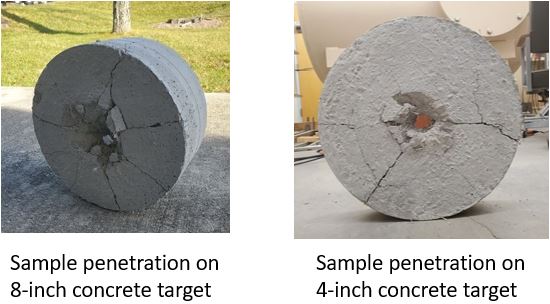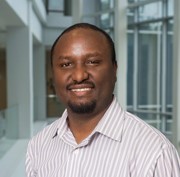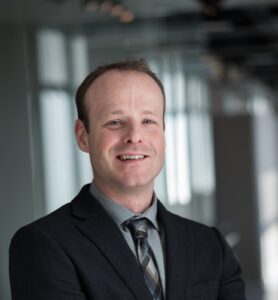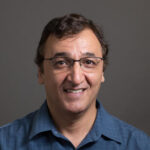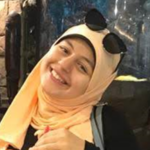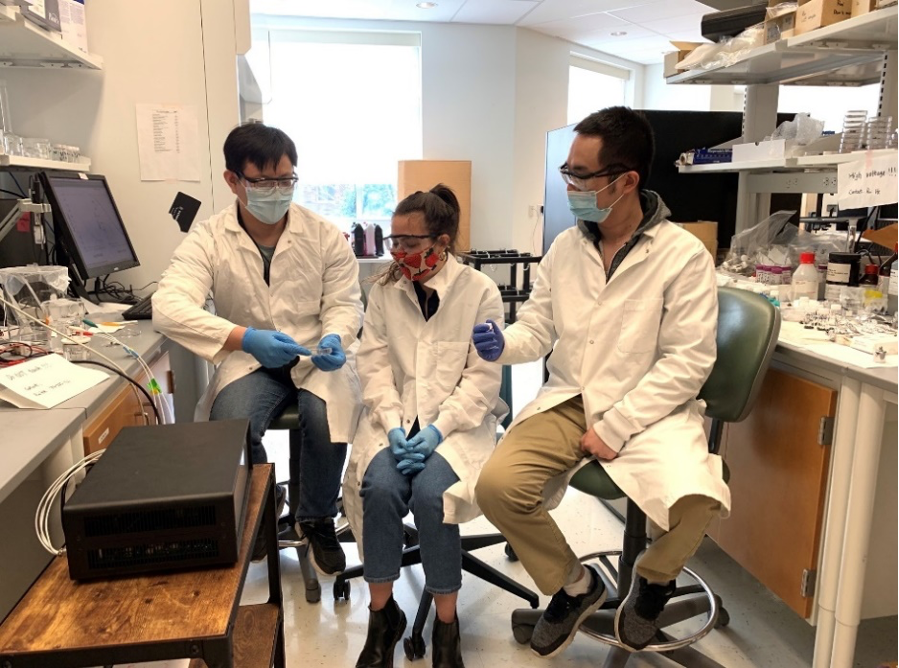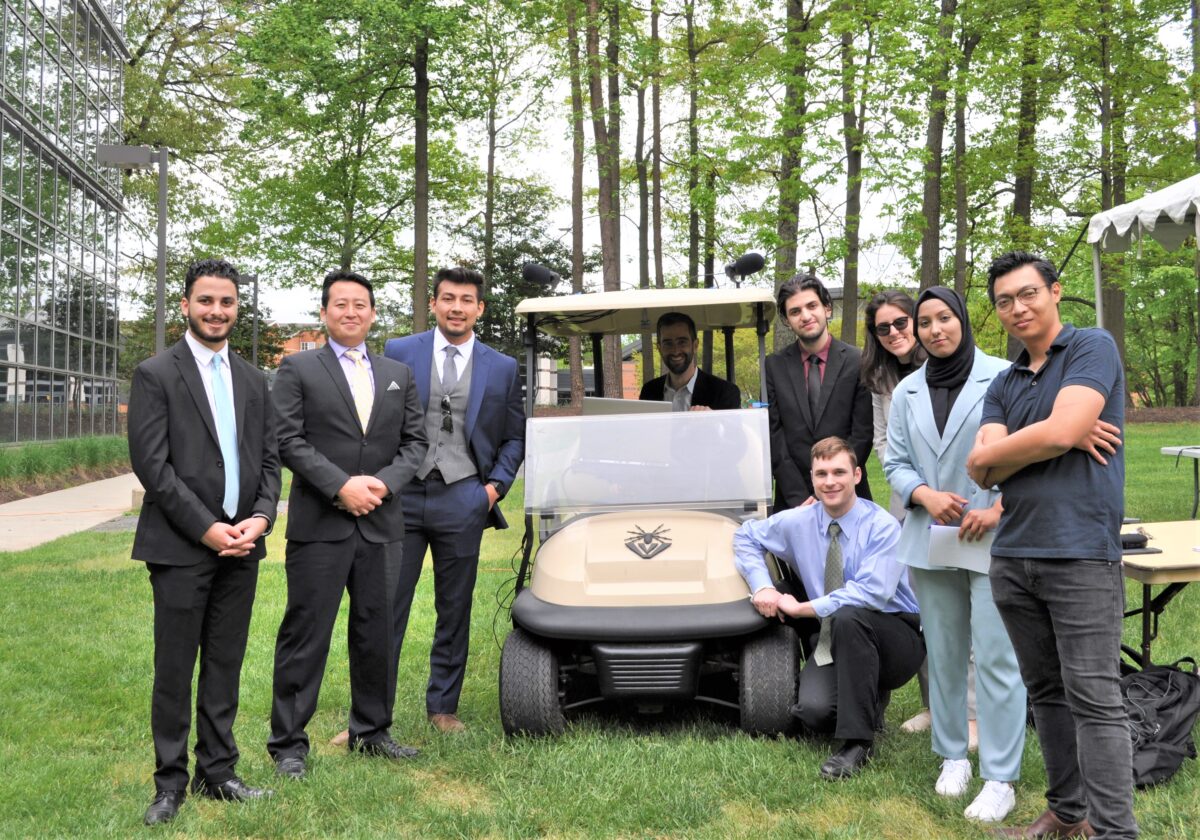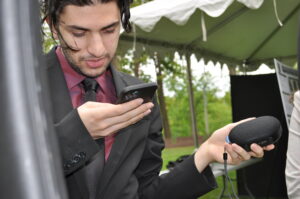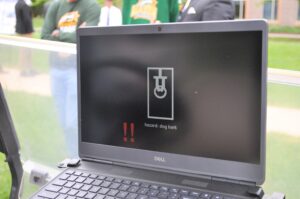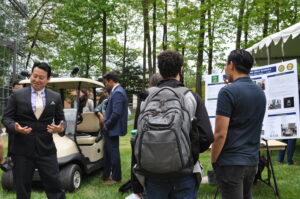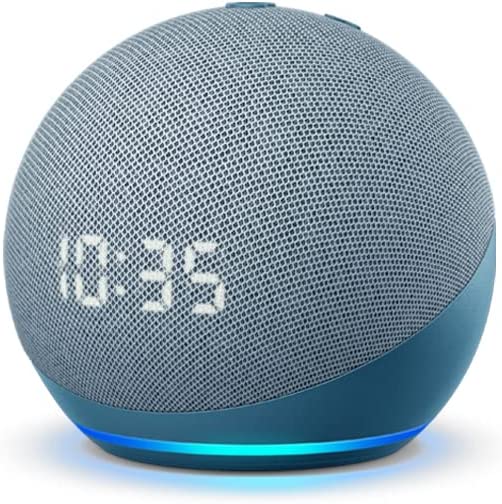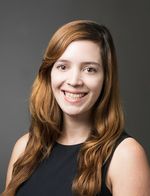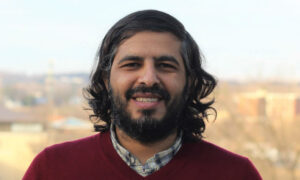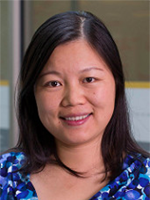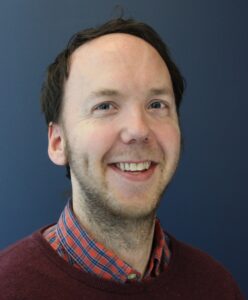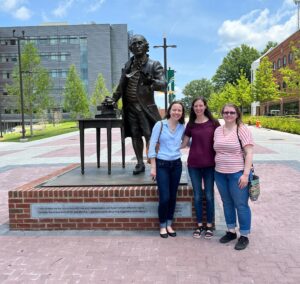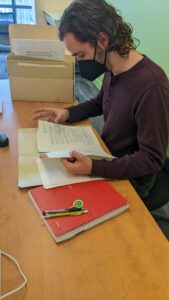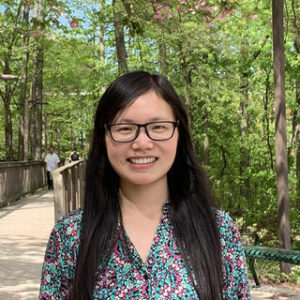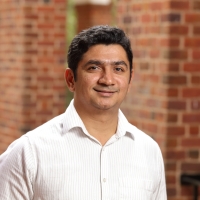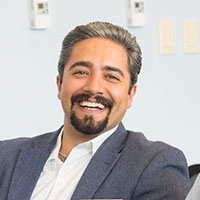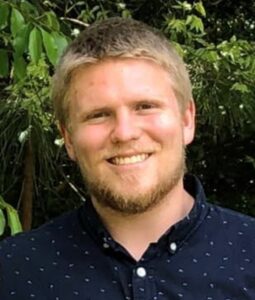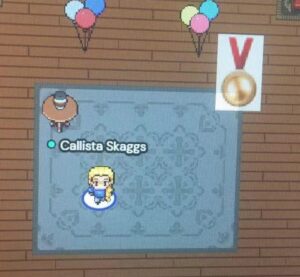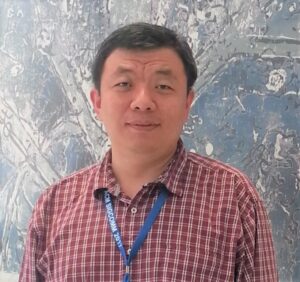
While some professors worry that they are two steps behind technology, scholars in Mason’s Department of Computer Science pride themselves on staying two steps ahead. However, that wasn’t enough for Associate Professor Bo Han, who wanted to deepen the educational experience for students.
When Han’s proposal “Innovating Point Cloud Processing for Networked Systems” was approved for pilot funding by 4-VA@Mason, he brought together co-PI Felix Xiaozhu Lin, Associate Professor, Department of Computer Science in the UVA School of Engineering, specialists from the University of Minnesota (UM), the New Jersey Institute of Technology (NJIT), and graduate and undergraduate students taking his new class.
It was an “all-hands-on-deck” project with each of the team members tackling a variety of challenges, resulting in the delivery of a product they dubbed DeepMix, a mobility-aware, lightweight, and hybrid 3D object detection framework. A unique feature of DeepMix is that it fully utilizes the mobility of headsets to fine-tune detection results and boosts detection precision. In fact, when Han’s team implemented a prototype of DeepMix on Microsoft HoloLens and evaluated its performance through both extensive controlled experiments and a user study with more than 30 participants, DeepMix not only improved detection accuracy by 9.1 to 37.3% but significantly boosted detection accuracy in mobile scenarios.
Han credits the success of this project to his collaboration with partners at UVA, UM, NJIT, and especially his students. These include graduate students Nan Wu, who led the design and implementation of point cloud super-resolution for 3D object detection; along with Ruizhi Cheng and Puqi Zhou, who worked on the implementation and evaluation of gaze-assisted motion prediction for point cloud streaming. Undergraduate student Jing Wang also participated in the project, handling the implementation of the back-end system for image-based localization to improve the accuracy of pose estimation and motion prediction for point cloud streaming.

Pictured: Nan Wu presenting one of the project’s resultant published papers at the Association for Computing Machinery HotMobile 2022 workshop.
“This project was high intensity, multi-faceted, and challenging, but thanks to our 4-VA@Mason grant we were able to develop a great team and produce concrete results,” says Han. “Now, we want to move our technology to the next level and build interactive holographic communication systems for truly immersive remote collaboration based on mixed reality.


 With the preliminary findings, faculty and student researchers then designed and organized a Fall 2022 workshop titled “Renewal and Resilience: A Community of Student Activists,” which featured student activists fighting for food security, prison reform, racial justice, voting rights, LGBTQ rights, and gun control at Mason, Virginia Tech, and Virginia Commonwealth University. Following the student activist panel, Castle presented “Regenerating the Self,” encouraging participants to assess their well-being with the help of a self-care workbook. Participants were also encouraged to create their own maintenance plans to help in times of stress. Lisa Porter concluded the program by sharing an interview with Crimson Solano, a community leader of Harrisonburg-based Comité Salvadoreño Paisanos Unidos, a pro-immigrant policy advocate group.
With the preliminary findings, faculty and student researchers then designed and organized a Fall 2022 workshop titled “Renewal and Resilience: A Community of Student Activists,” which featured student activists fighting for food security, prison reform, racial justice, voting rights, LGBTQ rights, and gun control at Mason, Virginia Tech, and Virginia Commonwealth University. Following the student activist panel, Castle presented “Regenerating the Self,” encouraging participants to assess their well-being with the help of a self-care workbook. Participants were also encouraged to create their own maintenance plans to help in times of stress. Lisa Porter concluded the program by sharing an interview with Crimson Solano, a community leader of Harrisonburg-based Comité Salvadoreño Paisanos Unidos, a pro-immigrant policy advocate group.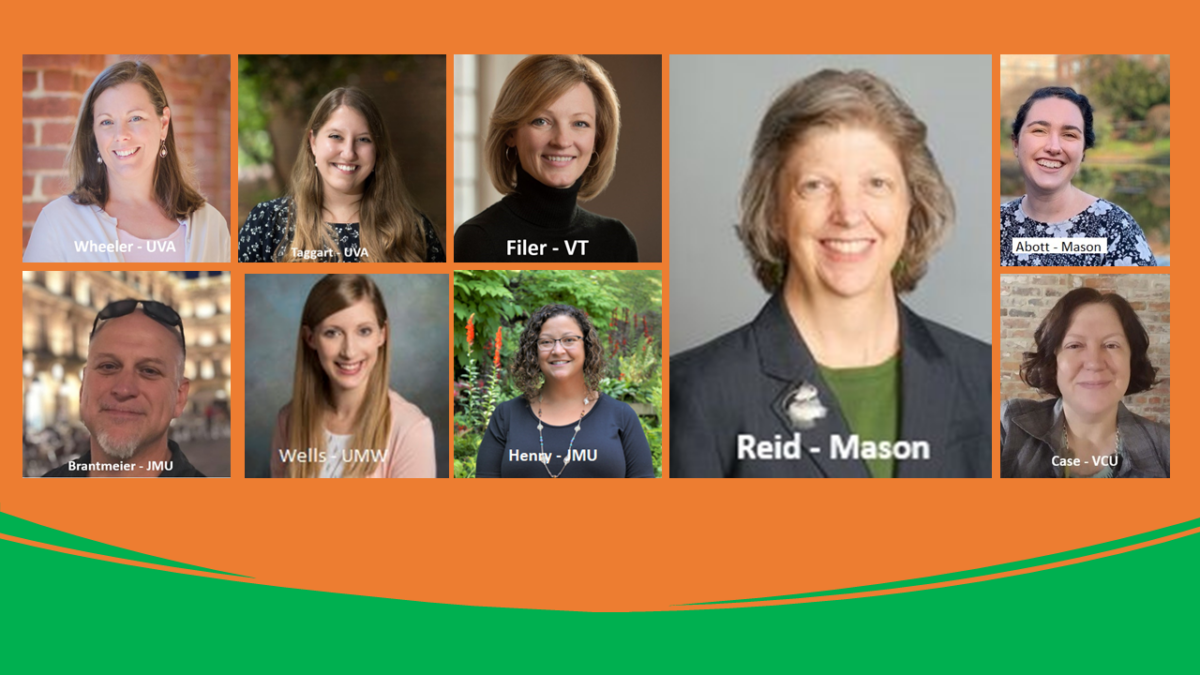
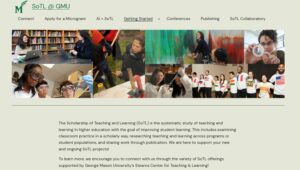 Next, the team created
Next, the team created 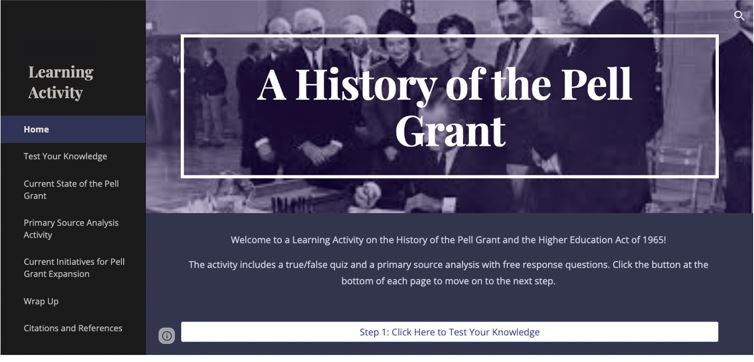
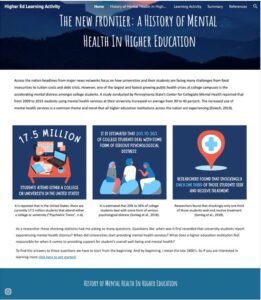 project on teaching and learning the history of higher education. Thirty-five students agreed to share their work for analysis and 24 were interviewed after completing the course. The survey and interview data made clear that students appreciated the value and relevance of studying the history of higher education for both their curricular and professional goals. One student explained, “We were able to take what we learned in the course and apply it to the project in a way that was very effortless, and that really helped me think about history in a different way.”
project on teaching and learning the history of higher education. Thirty-five students agreed to share their work for analysis and 24 were interviewed after completing the course. The survey and interview data made clear that students appreciated the value and relevance of studying the history of higher education for both their curricular and professional goals. One student explained, “We were able to take what we learned in the course and apply it to the project in a way that was very effortless, and that really helped me think about history in a different way.”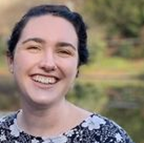
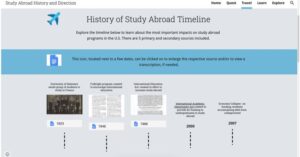 Each school contributed OER materials for the website. In addition to primary and secondary sources, the website now contains a database of institutional archives with digitized content, including yearbooks. Thanks to the two undergraduate research assistants, Azamy and Tcheo, over 700 institutional archives were cataloged on the site, including 48 Hispanic-serving institutions (HSIs), 24 historically black colleges and universities (HBCUs), and 15 women’s colleges. Additionally, the list includes 63 community colleges which is especially important given the lack of attention to these institutions historically.
Each school contributed OER materials for the website. In addition to primary and secondary sources, the website now contains a database of institutional archives with digitized content, including yearbooks. Thanks to the two undergraduate research assistants, Azamy and Tcheo, over 700 institutional archives were cataloged on the site, including 48 Hispanic-serving institutions (HSIs), 24 historically black colleges and universities (HBCUs), and 15 women’s colleges. Additionally, the list includes 63 community colleges which is especially important given the lack of attention to these institutions historically.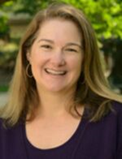 “This 4-VA project fostered meaningful and lasting collaboration across five Virginia institutions. While each university approached the history of higher education course from its own perspective, we were able to work together on a shared assignment that allowed for a rich learning experience among faculty and students across campuses. The results speak for themselves!” – Kelly Schrum, Professor, Higher Education Program, Affiliated Faculty, History and Art History, Mason
“This 4-VA project fostered meaningful and lasting collaboration across five Virginia institutions. While each university approached the history of higher education course from its own perspective, we were able to work together on a shared assignment that allowed for a rich learning experience among faculty and students across campuses. The results speak for themselves!” – Kelly Schrum, Professor, Higher Education Program, Affiliated Faculty, History and Art History, Mason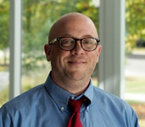 “I sincerely appreciated having an opportunity to collaborate with colleagues across the state for this 4-VA project. Through our conversations and research, I developed new pedagogical approaches that benefited students and deepened my thinking about the history of higher education.”
“I sincerely appreciated having an opportunity to collaborate with colleagues across the state for this 4-VA project. Through our conversations and research, I developed new pedagogical approaches that benefited students and deepened my thinking about the history of higher education.”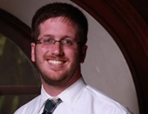 “We really enjoyed being part of this effort to expand student research on the history of higher education. Everyone came away from this project with a deeper understanding of how important it is to develop critical thinking skills and to look beyond our own institutions.”
“We really enjoyed being part of this effort to expand student research on the history of higher education. Everyone came away from this project with a deeper understanding of how important it is to develop critical thinking skills and to look beyond our own institutions.”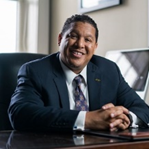 “The website, which holds a treasure trove of student research and engagement from a wide range of institutions, will be invaluable as we move ahead in studying the complex and influential histories of American higher education.”
“The website, which holds a treasure trove of student research and engagement from a wide range of institutions, will be invaluable as we move ahead in studying the complex and influential histories of American higher education.”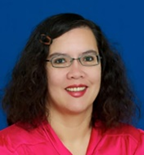 “When this asynchronous learning project was first introduced to the students, they were thrilled at the thought of not having to write a 20-page paper, however in the end, they did more work doing research on their chosen subject. They enjoyed this project because it allowed them a space for research and reflection, and it taught them how to create an interactive learning environment in an asynchronous environment. Being able to evaluate and participate in the projects created by other students in other universities across Virginia also taught them about their peers’ projects, too.”
“When this asynchronous learning project was first introduced to the students, they were thrilled at the thought of not having to write a 20-page paper, however in the end, they did more work doing research on their chosen subject. They enjoyed this project because it allowed them a space for research and reflection, and it taught them how to create an interactive learning environment in an asynchronous environment. Being able to evaluate and participate in the projects created by other students in other universities across Virginia also taught them about their peers’ projects, too.”